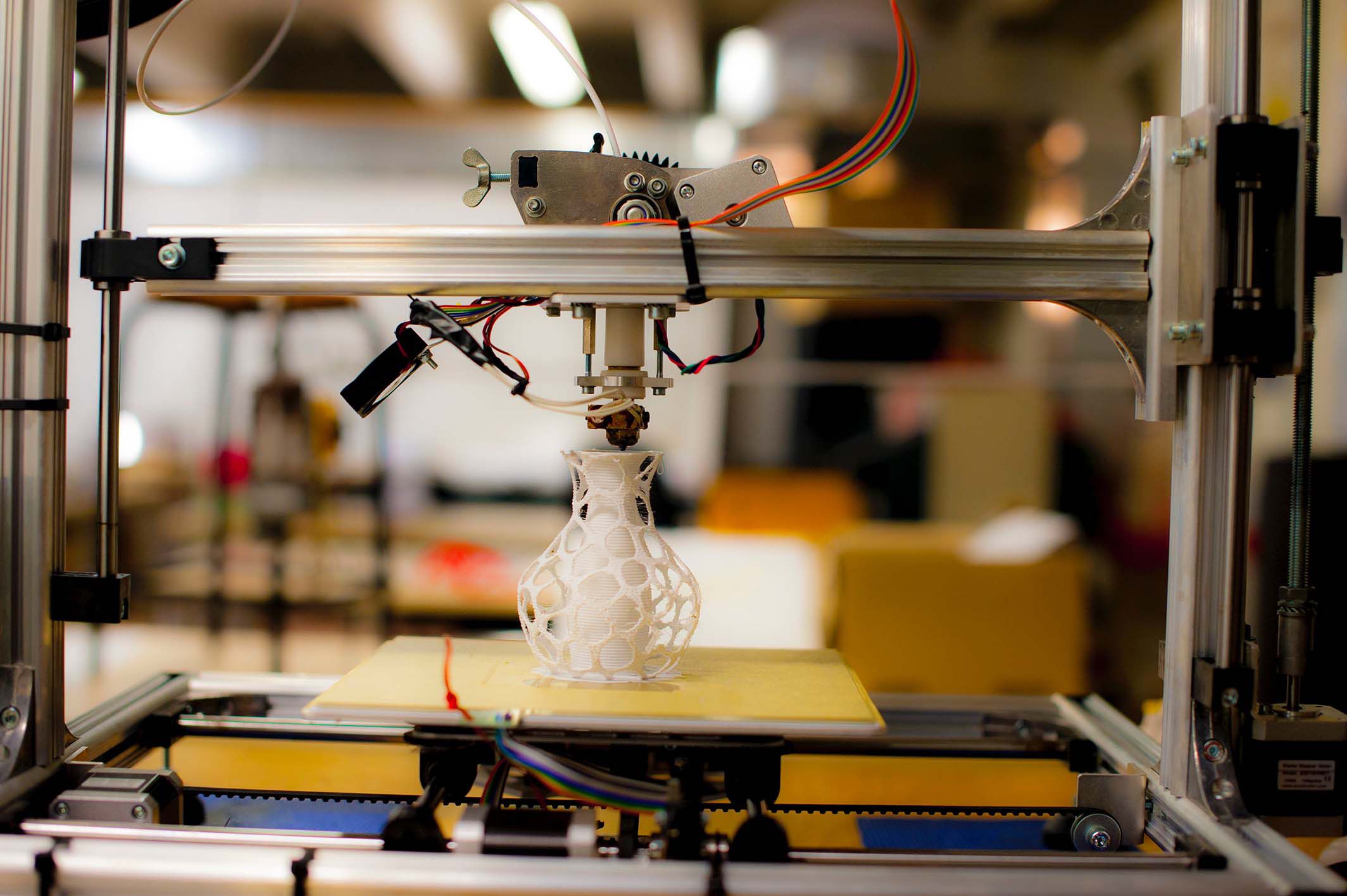In the world of technology, the need for instant gratification has become more of a necessity than a luxury. We no longer have the patience to wait for information to be processed and returned. The rise of Edge Computing has brought us closer to real-time data processing, enabling us to operate faster and more efficiently than ever before.
Edge Computing is a distributed computing paradigm that brings computation and data storage closer to the location where it is needed, i.e., the edge of the network. This allows for faster processing times, lower latency, and reduced bandwidth requirements. In simple terms, it means that data is processed closer to the source, rather than being sent to a centralized data center for processing.
One of the key advantages of Edge Computing is its ability to support real-time applications. For instance, it can be used to analyze data from IoT devices in real-time. The data is analyzed and acted upon immediately, rather than being sent to a central data center for processing, which can result in delays.
Another advantage of Edge Computing is its ability to reduce the amount of data that needs to be sent to a central data center. By processing data at the edge, only the necessary data is sent to the central data center, reducing bandwidth requirements and the associated costs.
Edge Computing is not just limited to IoT devices. It can also be used for mobile computing, where the processing power is distributed across the network, allowing for faster and more efficient processing of data.
One of the most significant use cases of Edge Computing is in autonomous vehicles. Self-driving cars require a vast amount of data to be processed in real-time to make decisions. Edge Computing enables the processing of this data to happen at the edge of the network, ensuring that decisions are made quickly and accurately.
In conclusion, Edge Computing is the future of real-time data processing. Its ability to support real-time applications, reduce bandwidth requirements, and enable faster processing times makes it a critical component of modern technology. As the world becomes more connected, the need for Edge Computing will continue to grow, and it will play an essential role in shaping the future of technology.









